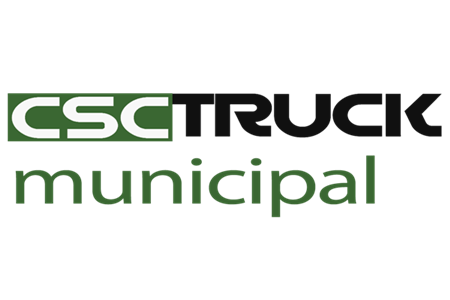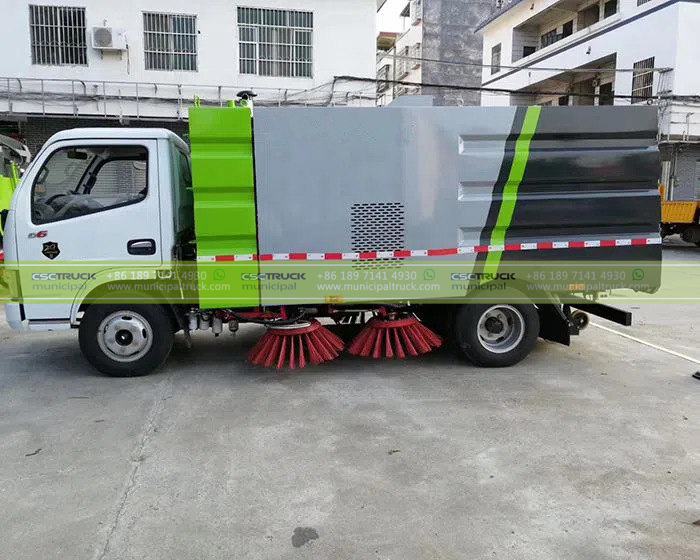1. Introduction: The Critical Role of Sweeper Trucks in Modern Infrastructure
Highway maintenance represents a complex ecosystem where specialized equipment like road sweeper trucks is indispensable. These vehicles – exemplified by models like the FMX-S2500A (capable of processing 35,000 m³/hour) – combine vacuum systems, rotary brushes, and filtration mechanisms to address diverse contamination challenges. Their deployment timing directly impacts road safety, environmental compliance, and infrastructure longevity. This analysis identifies six critical scenarios warranting sweeper truck intervention, supported by operational data and industry best practices.
2. Routine Maintenance: Preserving Surface Integrity
2.1 Daily Debris Management Cycle
Highways accumulate 0.5-2.3 kg/m²/day debris from tires, brake dust, and windblown particulates. Sweeper trucks should operate:
- Pre-Rush Hour (04:00-06:00): Clear nocturnal accumulation (fallen branches, litter) before traffic intensifies
- Post-Construction Activities: Remove residual asphalt chips, gravel, and construction waste after lane reopening
- Weekly Full-Surface Sweeping: Address micro-debris that compromises pavement friction coefficients
The ISUZU-based models, with 9m³ water tanks and 16-ton capacity, exemplify equipment suited for these cyclical operations.
3. Post-Accident Contamination Control
Collisions generate hazardous fragments requiring immediate sweeper truck response:
- Glass Shard Removal: 85% of vehicular glass fragments measure <5mm – below human visual threshold but capable of causing tire blowouts
- Fluid Absorption: Combine sweeper trucks with vacuum units for oil/gasoline spill containment (1L of oil contaminates 1M liters of stormwater)
- Secondary Accident Prevention: Clear debris fields within 90 minutes of incident verification (DOT emergency protocols)
4. Seasonal Operational Imperatives
4.1 Leaf Abatement Protocols
Deciduous corridors require adaptive sweeping strategies:
- Autumn Peak: Deploy regenerative air sweepers with 98% particulate capture rates during leaf-fall periods
- Winter Deicing Residue: Post-snowstorm sweeping removes chloride-laden abrasives (typical application: 150-300kg/lane-km)
4.2 Monsoon Preparedness
Pre-rain sweeper truck operations reduce:
- Hydroplaning risks (water film depth >2.5mm decreases friction by 40%)
- Drainage system overload (1m³ of leaves can block 12 storm drains)
5. Technical Specifications Dictating Deployment
Modern sweeper trucks like the ZMX series feature:
- Adaptive Brush Pressure (50-200N/cm²): Adjusts for concrete vs. asphalt surfaces
- PM2.5 Filtration Efficiency: 99.97% HEPA-standard filters in closed-loop systems
- Telematics Integration: Real-time debris mapping using LiDAR and AI pattern recognition
These capabilities justify deployment when:
- Particulate levels exceed 75μg/m³ (WHO Stage 1 threshold)
- Surface defect scanning reveals aggregate loss >15% per 100m segment
6. Maintenance Synergy: Sweeper Trucks and Sprinkler Systems
The operational lifecycle integrates sweeper trucks with complementary equipment:
- Pre-Sweeping Moistening: Sprinkler trucks suppress dust via 0.3-0.5L/m² water application, enhancing particulate capture by 27%
- Post-Sweeping Surface Treatment: Combine sweeper trucks with:
- Anti-Icing Sprayers: Apply potassium acetate solutions before winter storms
- Pavement Sealers: Synchronize sweeping with rejuvenating emulsion applications
Conclusion: Strategic Deployment Framework
Optimal sweeper truck utilization on highways follows a matrix evaluating:
- Debris Volume Index (laser-measured g/m²)
- Traffic Flow Patterns (ANPR-analyzed vehicle counts)
- Weather Integration (road surface temperature + precipitation forecasts)
Maintenance directors should implement ISO 9001-compliant scheduling software to balance these variables, ensuring sweeper trucks and sprinkler systems operate in coordinated, data-driven intervals. This approach reduces road maintenance costs by 18-22% annually while extending pavement service life by 3-5 years, a testament to modern highway stewardship.







